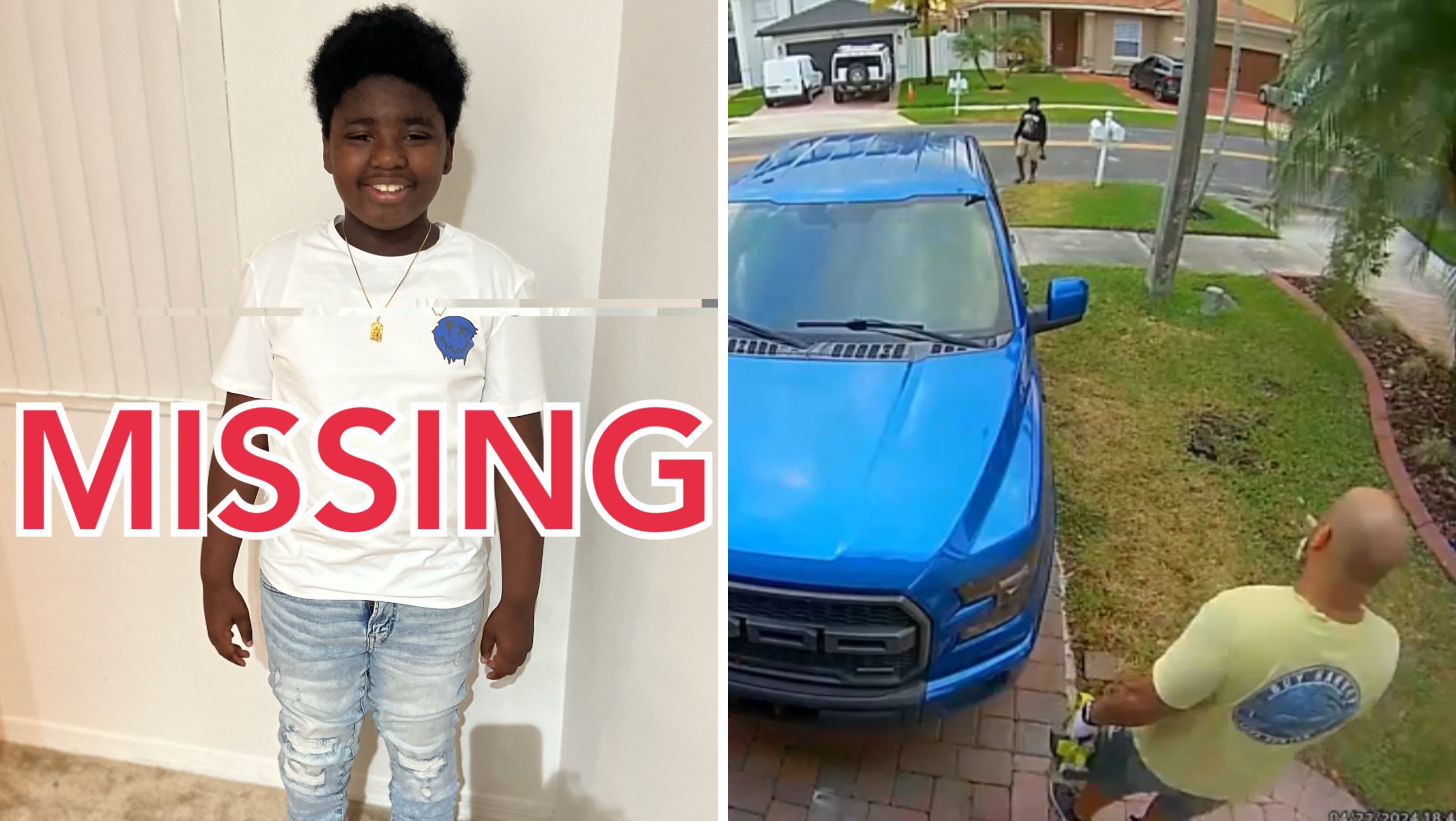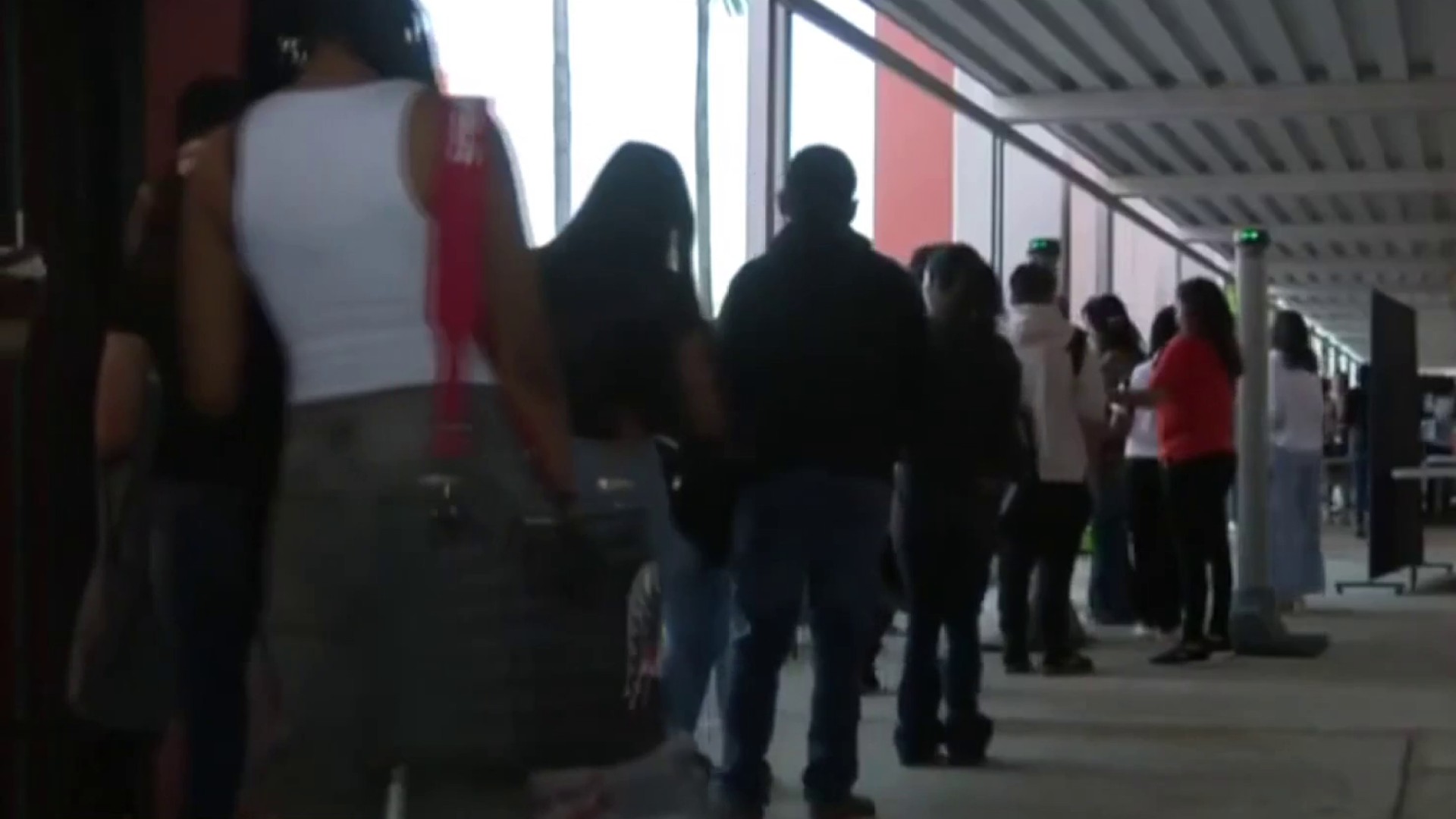Miami-Dade is a county of extremes. You have extreme wealth on one side, but poverty just blocks away. This plays out in a very real way.
It can even determine how long you live.
For example, if a person is living in the area around the Overtown Metro-Rail station, on average they’ll die more than ten years before a person living around the Brickell Metro-rail station.
It’s a short train ride and it takes a decade off people’s lives.
Jorge Damian de la Paz, a researcher at the University of Miami, pointed it out to NBC 6. We met him at the Brickell station to take the ride.
“A child born in this zip code can expect to live ten years longer than a child born in Overtown,” Damian de la Paz said.
Damian de la Paz used data from policy-map: a collection of information from many, many sources, including census tracks. He then data-mapped it to the Metro-rail stops.
Local
“The median income for this census track is $80,000. Most people have health insurance and comparative lower levels of social vulnerability,” Damien de la Paz said.
Someone living in Brickell can expect to live to be 81 years old, he says. Someone living in Overtown can expect to live to be 71, in some parts of Overtown, to be 66.
Damian de la Paz says three things impact the disparity: access to healthcare, housing, and income. People in Brickell are more likely to have health insurance, to have stable housing environments, and money to deal with problems life throws at them.
Much of the disparity is a symptom of decisions people made in the past. Much of those decisions were based on race.
A huge impact came from leaders in the 1950s deciding to build Interstate 95 right through Overtown. This happened when there were policies keeping many Black Miamians out of other nearby neighborhoods. Many medical clinics, affordable houses, and businesses left or were demolished. Many didn’t come back.
It “was the historic hub of Black Miami,” Damian de la Paz said.
If history played out differently, Miami might not have the current health disparities.
“Miami is a relatively young city. It was incorporated in 1896 and much of its construction is from the 20th century. That means Miami grew up alongside the expansion of the federal government, Jim Crow segregation, urban renewal, highway expansion, and suburbanization,” said Damien de la Paz, “These policies, processes and trends had massive implications for local quality of life, the built environment, and health outcomes.”
“When racism is built in from the beginning for people to be disadvantaged through limited access to healthcare, limited access to equitable housing, and education…Then, yes it makes it very challenging to have healthy outcomes for people that are living there,” Shedia Nelson, the programs director for the non-profit Urgent Inc.
Urgent Inc is based in Overtown, dedicated to building up the area. Out of the three areas Damian de la Paz mentioned - healthcare, housing, and income - Urgent Inc is focusing on income with after school and summer camps matching students with mentors, business development plans and arts programs.
“That’s where you learn the industry standard of what it means to be a successful entrepreneur,” said Nelson, “The kids do everything. It’s important for them to know the real skills. The real work life skills.”
What’s needed, according to Nelson, is more people and resources dedicated to Overtown for Overtown.
“Creating an opportunity for them to say wow, I could come back and stay in Overtown and give back and help build up this beautiful community,” said Nelson.
That’s in contrast to people using people and real estate in Overtown to make money in and for other areas of town, according to Nelson.
Damian de la Paz says the current difference in life expectancy can get better.
“What is striking here is that these are things that could change,” he says, “If life expectancy is ten years higher in one area vs. another, it shows you that it’s achievable.”



